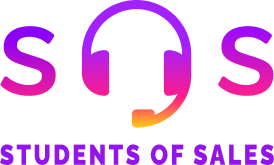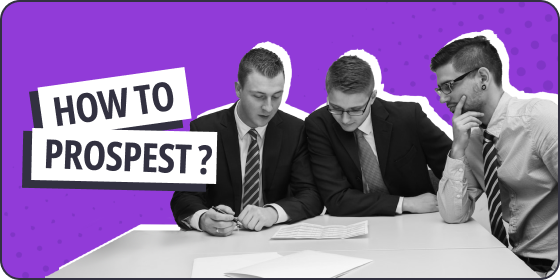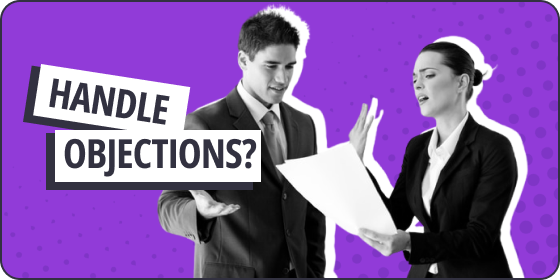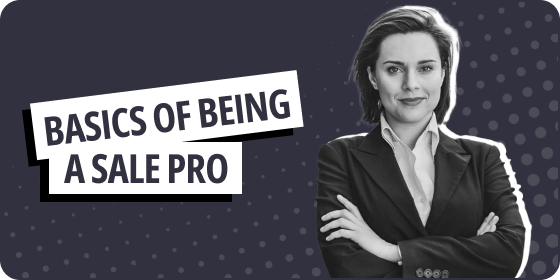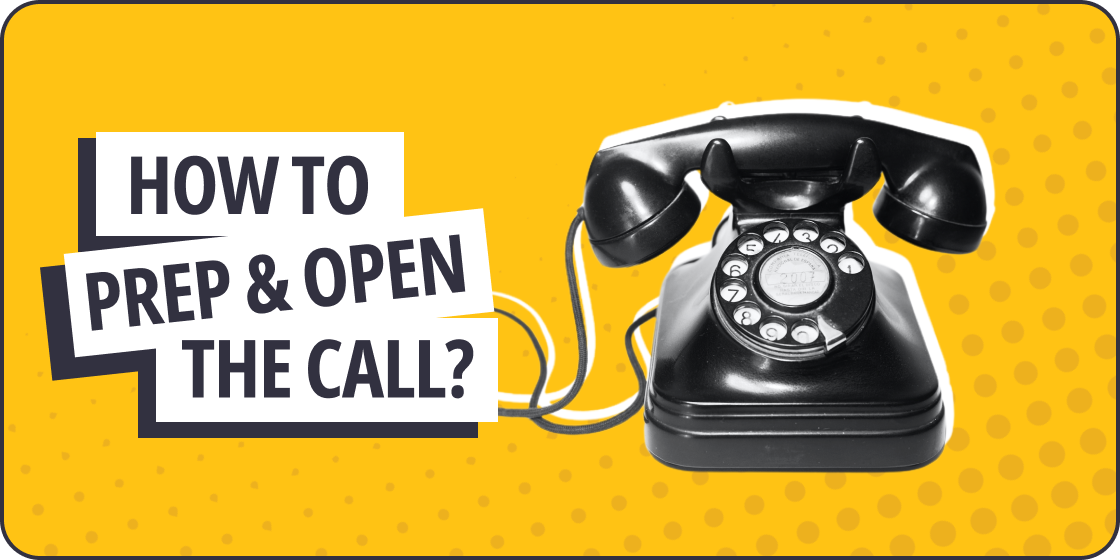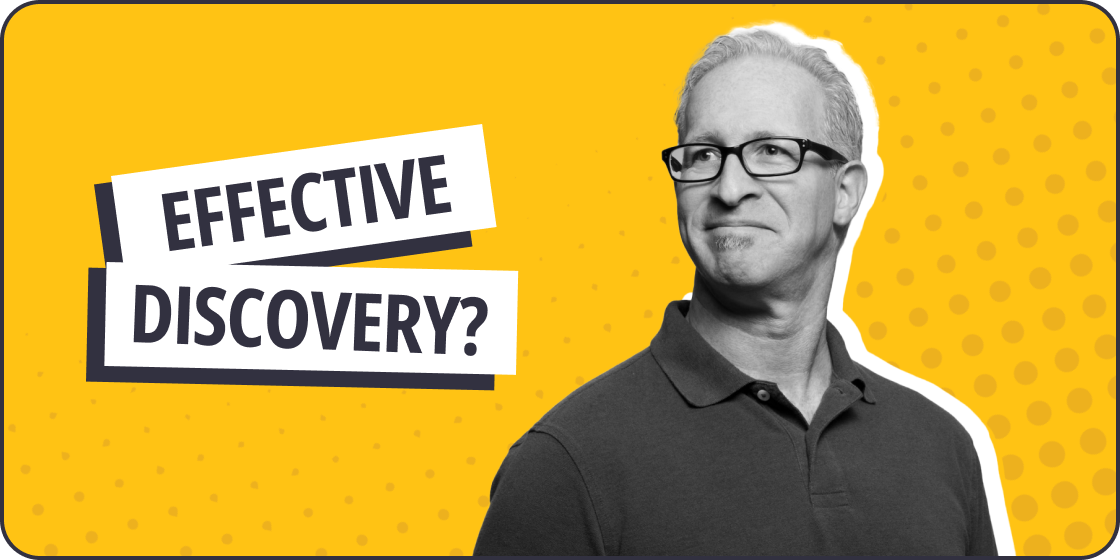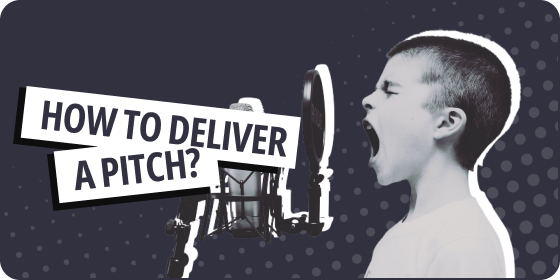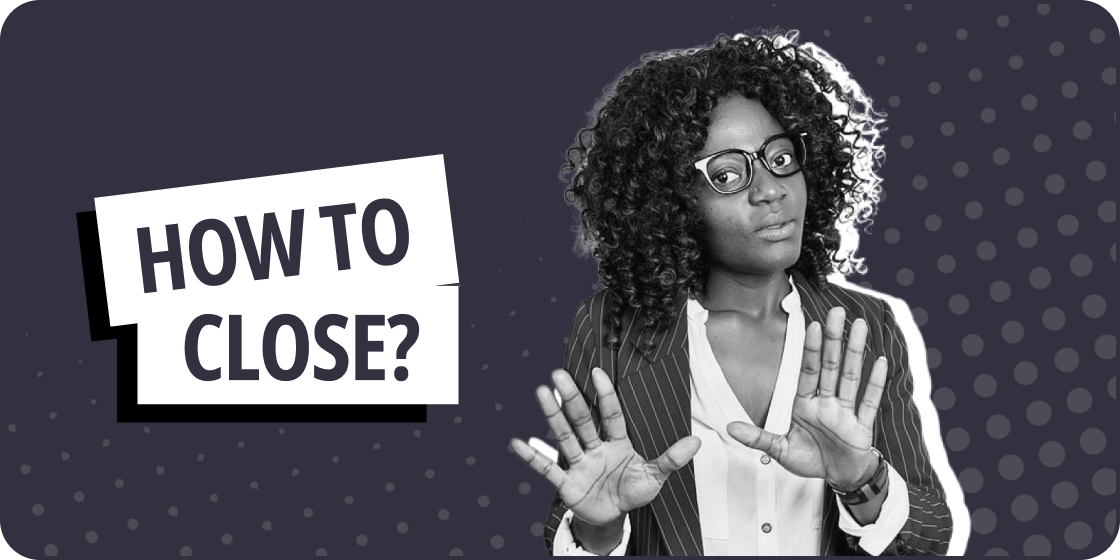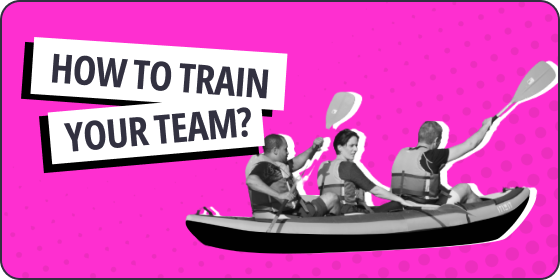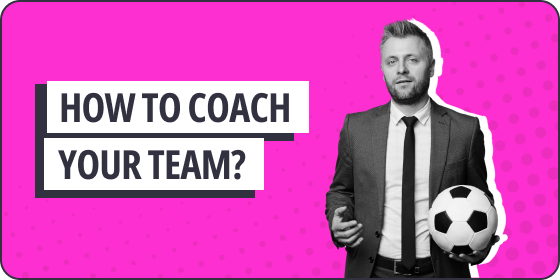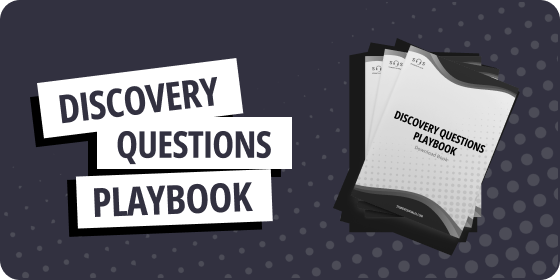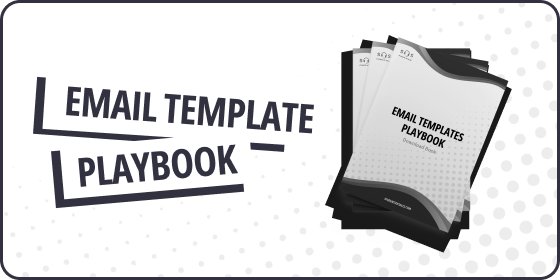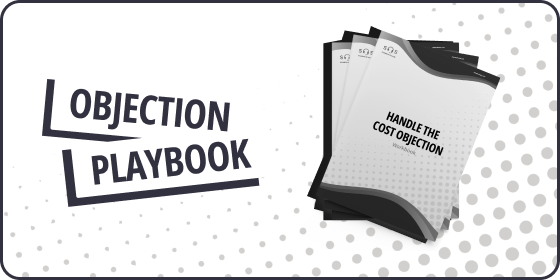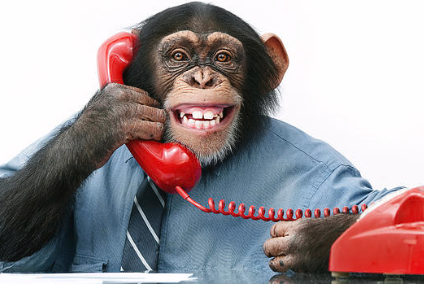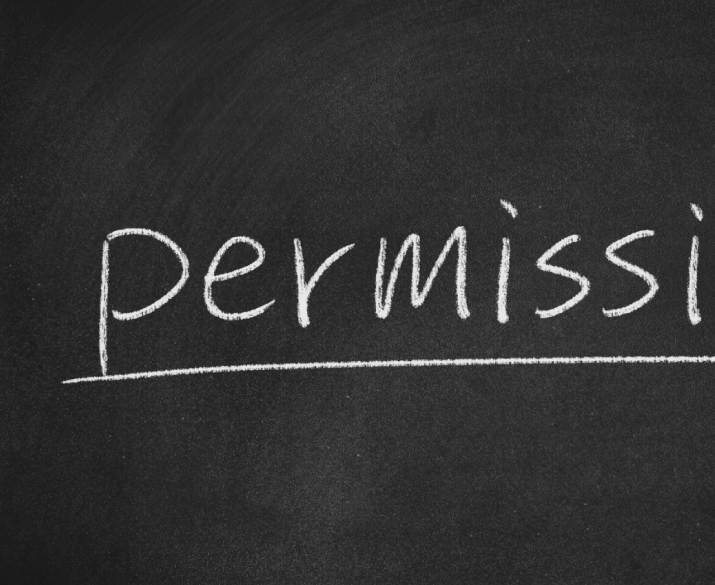How to handle the Price/Cost/Too Expensive Objection:

Why is the Prospect saying this:
There are 4 main reasons why your Prospect has an issue with the cost:
- If your product/service costs $10,000, and your prospect thinks that’s too expensive, it’s because you haven’t built $10,000 worth of perceived value for them. This is a value building based issue, which can be addressed.
- Based on the questions you have asked, and the pain that you have identified by not having your product/service, they do not believe that your product/service is worth what you are asking. This again, is a value-based issue which can be addressed.
- The Prospect is thinking that they like the product/service, but they are potentially aware of cheaper alternatives, and want to investigate them first. This is an education issue which can be addressed.
I’m sure we’ve all heard of the term ‘sticker shock’. This is when your prospect has some completely different expectations on what the price is. Generally pricing comes up at the end of the process, which isn’t always a good thing. One of the key things that top closers do is called price conditioning, this is where you can drop hints on the price earlier in the process to avoid sticker shock later on.
What this means:
- If your Prospect has an issue with the price, often this can mean going back to square one. It means confirming what you found out in your discovery is true, and maybe even trying to find more pain to build more value in your product/service. If the prospect thinks $10,000 is too expensive, but they are willing to pay $6,000, you need to build $4,000 more worth of value. (Finding Pain)
- Often this can mean educating your Prospect on how your market/industry works. Breaking down the price of your product/service and getting in the weeds to make sure they fully understand the true value of what is being offered. This is crucial when comparing your own business to other competitors and explaining the differences.
- It means you need to paint by numbers, make this simple for them to understand. If they want/need xyz, they are going to have to pay $10,000 for it. Here are the 6 reasons why it costs $10,000 and not $6,000. Also, Mr/Mrs Prospect, you mentioned that 4 of these things are critical for you in having this product/service.
Best ways to handle this objection:
- Meet them where they are – if they think it’s too expensive, often that’s how they truly feel. Thank them for sharing that with you, maybe use a softening statement “thank you for sharing that, I really appreciate it”. The worst thing you can do is make them feel like they are being crazy by thinking this is too expensive and getting into a heated discussion on price making them uncomfortable.
- Isolate the objection – you need to confirm that the price is the only thing holding them back from moving forward. This is so important. Imagine taking weeks to solve this problem and haggling back and forth, only for something else to come out of the woodwork. “Mr/Mrs Prospect – can I confirm with you the price is the only thing holding you back from saying yes?”
Use stories – this is one of the best times in your sales process to use stories to help get the customer back on your side. “You’re absolutely right, there are cheaper options out there, I actually had a customer go try a cheaper alternative, and it ended up being a disaster and they had to buy the service twice as xyz happened”. Tell success stories from previous clients you have onboarded, who ultimately spent a little bit more than they wanted to spend initially, but they were delighted with their long-term success. You need to have these success stories locked and loaded like lullabies for a baby, they need to be your bread and butter.
